The SUPER 6: An ode to Himalayan peaks and those who scaled them

The Himalayas, a crown jewel of our planet, stand as a testament to nature’s raw power, beauty, and sheer magnitude. These majestic peaks, with their snow-capped summits and treacherous terrains, have lured adventurers and explorers for centuries. Among these colossal giants stand the ‘Super 6000’ers’- those that breach the 6,000-meter mark and have proven to be some of the most challenging and rewarding ascents.
To summit one of these titans is a feat of human endurance, a triumph of the spirit, and an experience that's truly life-changing. From remote valleys to routes with iconic views, our list of the ‘Super 6’ promises adventure, exhilaration, and a profound connection with the great outdoors!
1. Changabang:

Rising as a formidable granite spire north of Nanda Devi, Changabang has long captivated the imagination of mountaineers. Its pristine slopes had remained untouched until a pioneering Indo-British expedition in 1974 dared to challenge its heights. Led by seasoned climbers like Doug Scott and Tashi Chewang, this historic ascent marked a pivotal moment in Indian mountaineering. With meticulous planning and unwavering determination, the team conquered this elusive peak, etching their names in the great archives of climbing history!
2. Siniolchu:

Reaching a staggering height of 6,888 meters, Siniolchu stands as a majestic testament to the artistry of the Himalayas. Often hailed as the ‘most beautiful snow mountain in the world’, this peak has captivated explorers and mountaineers alike. Its proximity to the serene Green Lake and the towering Kangchenjunga only enhances its allure.
First conquered by German climbers in 1936, Siniolchu has since drawn the attention of mountaineering legends like Sonam Gyatso and Sonam Wangyal, the first Indians to scale this giant. This iconic peak continues to be a symbol of Sikkim's breathtaking beauty and a challenging goal for aspiring climbers.
3. Bhagirath II:

Led by Mr. S. Bose, a Calcutta Climbers expedition set its sights on the uncharted peaks of the Satopanth group. On October 27th, 1931, a historic moment arrived as Bose, along with Govinda Raj, A. Roy, and two Sherpas, stood atop the virgin summit of Bhagirathi II, reaching a staggering altitude of 22,495 feet. However, the descent proved to be a dangerous affair. A sudden, catastrophic event claimed the lives of Roy and two Sherpas, casting a long shadow over the expedition's success. Another member suffered severe frostbite, a stark reminder of the mountain's unforgiving nature. This tragic incident serves as a poignant reminder of the risks inherent in mountaineering, even for the most experienced climbers.
4. Mari East and West:

Rising dramatically in the Ladakh region, the Mari massif, locally known as Marama Ri, is a formidable challenge for mountaineers. This rugged mountain range boasts several peaks exceeding 6,000 meters, with Mari East as its crowning jewel. Standing tall at 6,585 meters, Mari East has long captivated climbers. Its twin peak, Mari West, reaching 6,560 meters, adds to the massif's allure. The first ascent of Mari East was achieved by a Japanese expedition in 2011, a testament to its challenging nature. Mari West was first climbed by an Indian Navy team in 2004 via Nlyunguk Lungpa, named Konchuk Tso (‘Water God’ in Ladakhi language). This remote and pristine region offers a unique opportunity for mountaineers seeking adventure off the beaten path. With its sharp ridges and snow-capped summits, the Mari massif promises a truly unforgettable expedition.
5. Kangju Kangri:

Dominating the Pangong range, Kangju Kangri is the true testament of human perseverance. First conquered by the Indian Army in 1983, this formidable peak has since been scaled by several Indian expeditions. The region's charm extended beyond Kangju Kangri. In 2011, a Japanese expedition led by Masato Oki made history by summiting an unnamed peak, just two kilometers east of Kangju Kangri. This newly discovered summit, now dubbed 'Barma Kangri' or 'Intermediate Peak' in Ladakhi, adds another layer of intrigue to the Pangong range. These pioneering ascents underscore the region's potential for exploration and the enduring spirit of mountaineering.
6. Menthosa:

Standing tall at a formidable 6,440 meters, Menthosa is the second tallest peak in the Lahaul-Spiti region. Its summit was first conquered in 1970 by a British Service team, led by Captain S. Bemrose. This historic ascent marked a significant milestone in Indian mountaineering. Menthosa is located amidst the dramatic landscapes of the Himalayas, presenting a challenging yet rewarding expedition. Its steep valleys, imposing cliffs, and icy terrains demand exceptional skill and endurance from climbers. To reach its summit is to experience the raw power and beauty of the mountains in their purest form!
Conquering a 6000-meter peak is more than just an athletic feat; it's a profound journey into the heart of the mountains and an experience that’s life-changing in the best way possible! Whether you're an experienced trekker, a budding adventurer, or simply an outdoors lover, these peaks are a must-scale in our books!
Happy Adventuring!








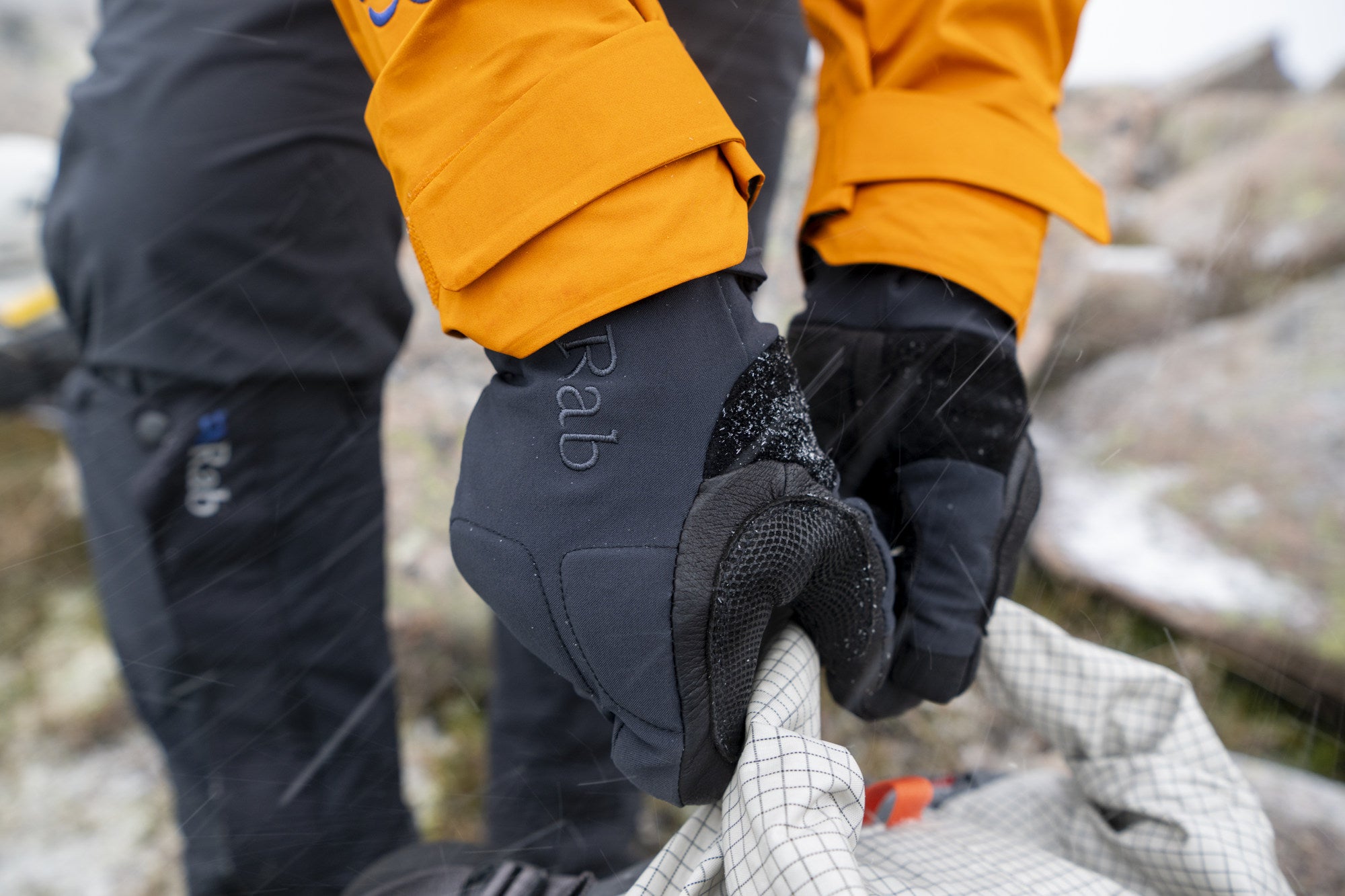
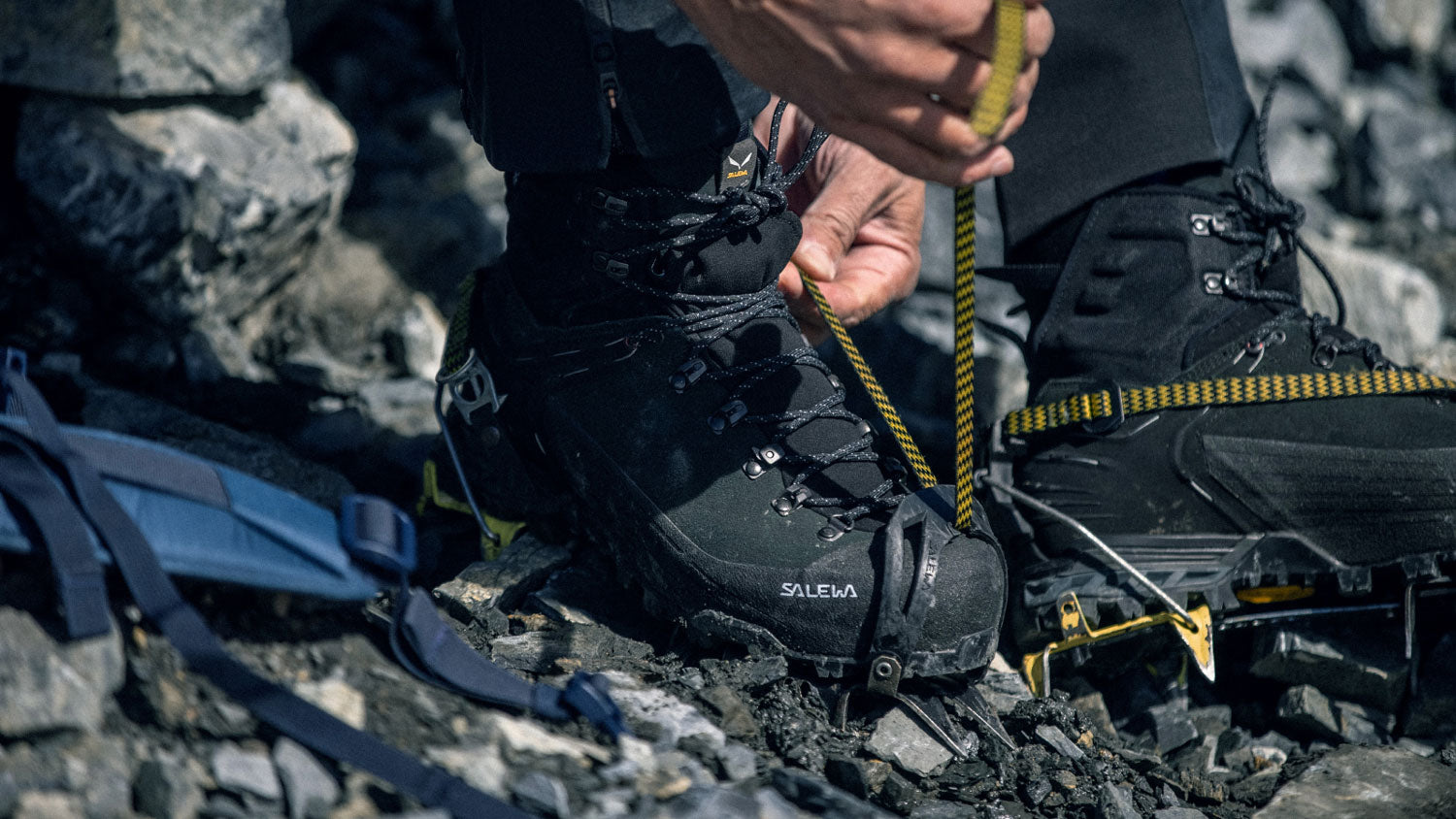
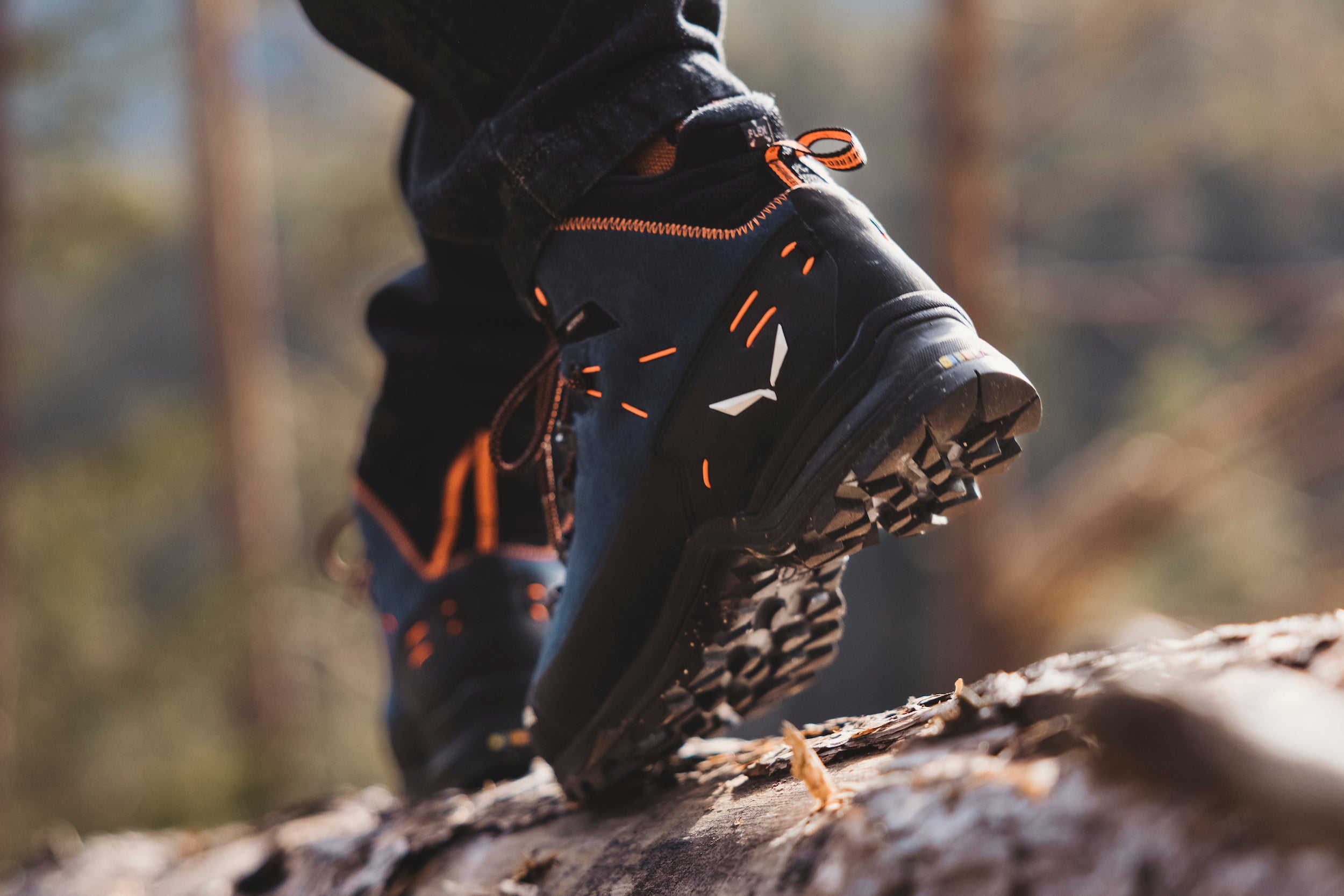
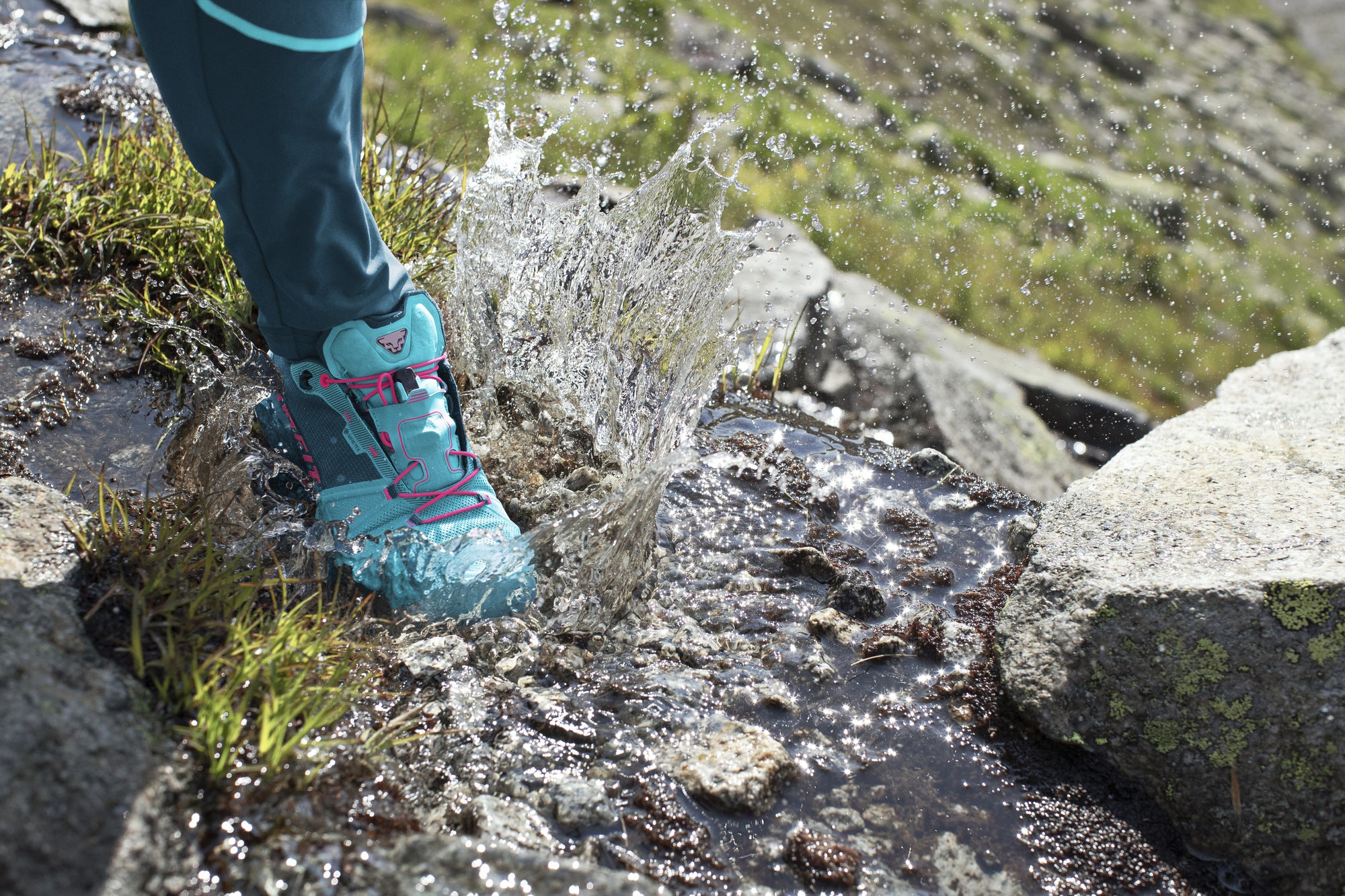

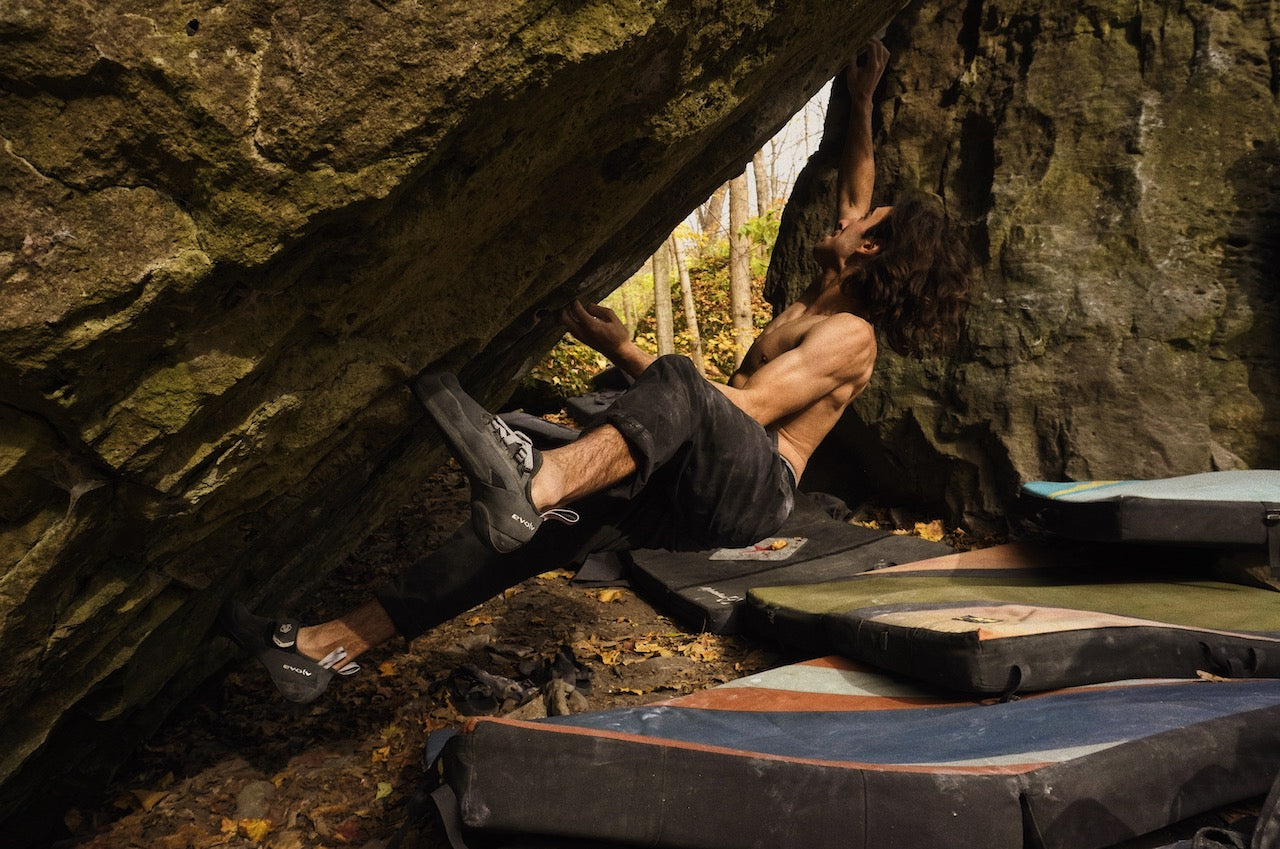






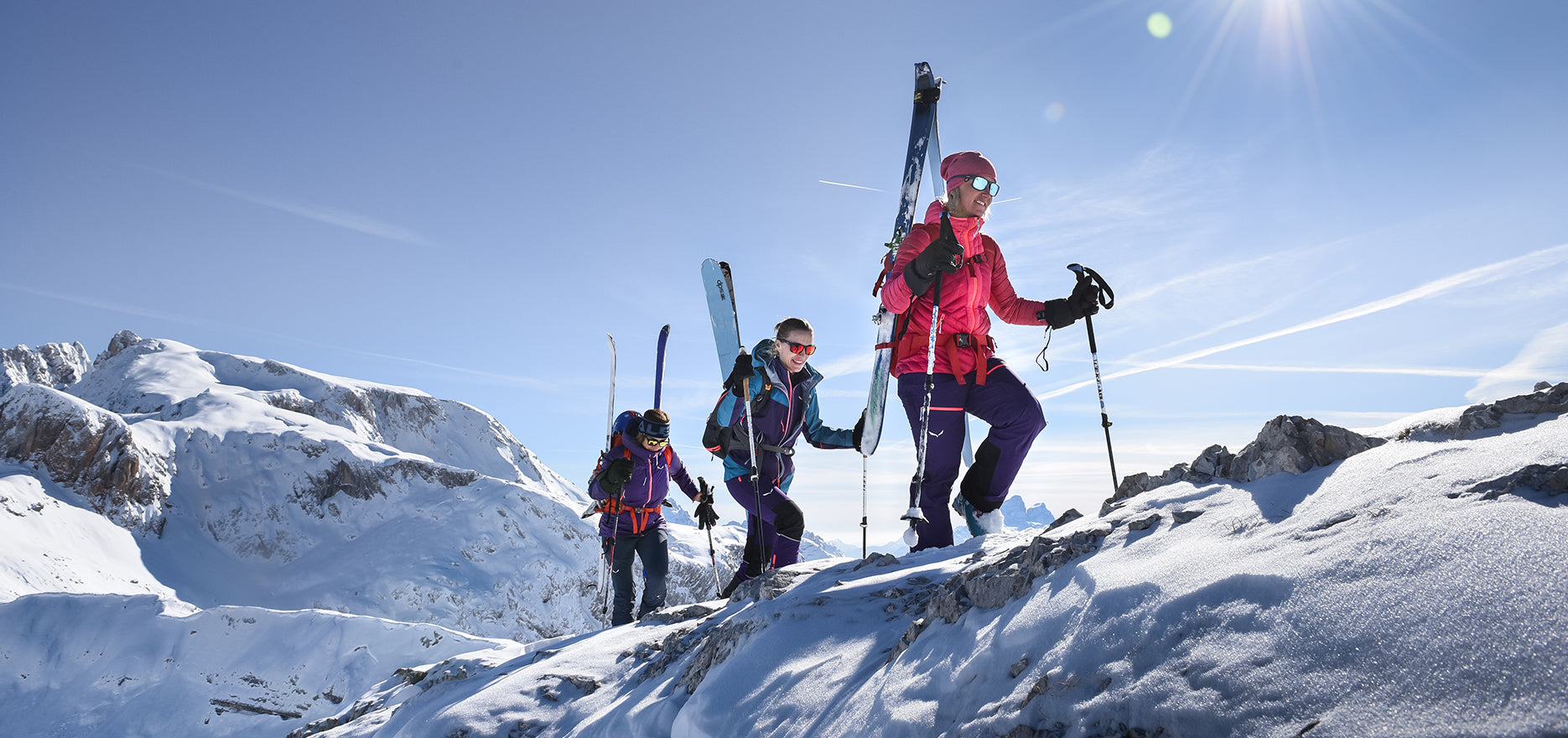
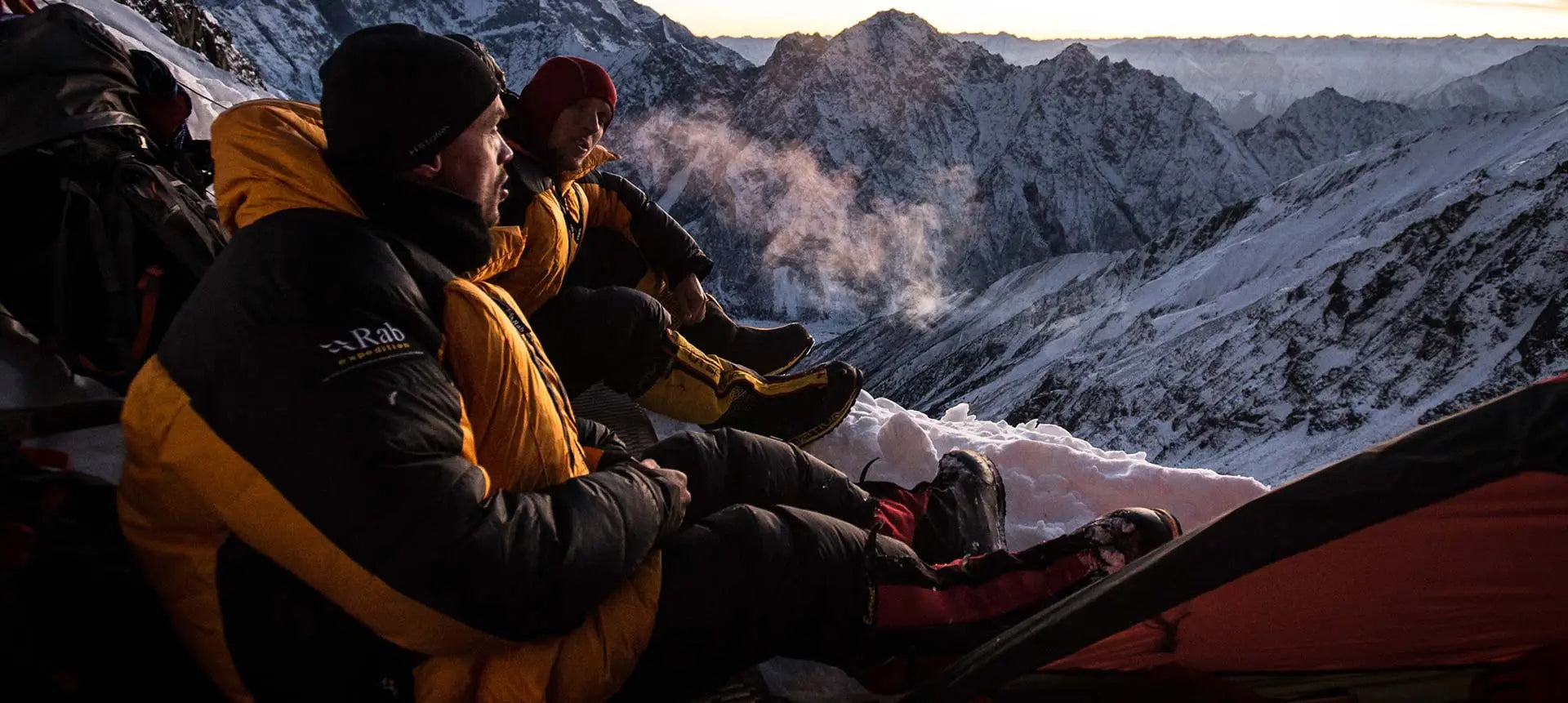
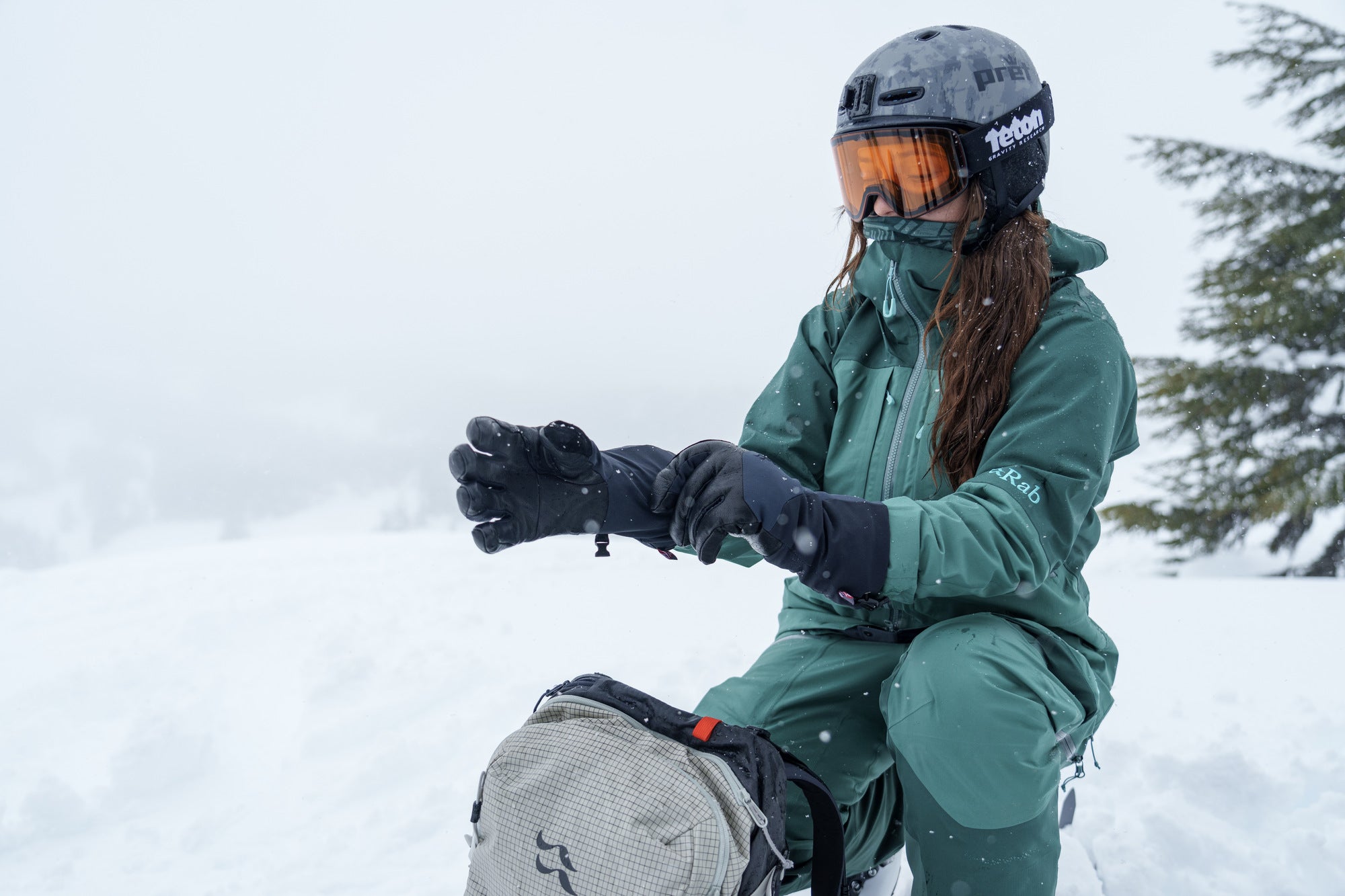






Leave a comment